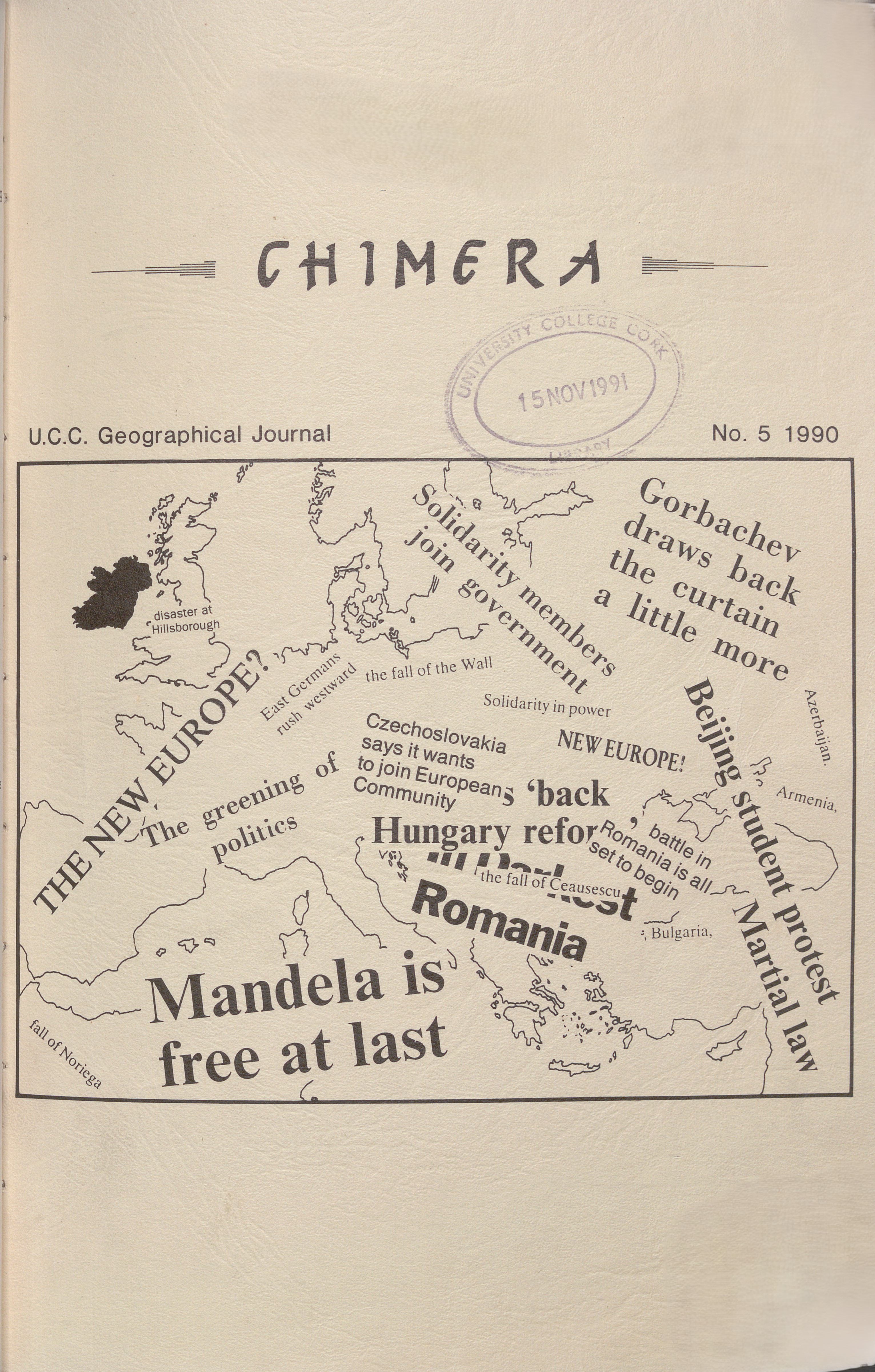Seascape Ecology
The Landscape Ecology of the Coastal Zone
DOI:
https://doi.org/10.33178/Keywords:
coastal, ecology, landscapeAbstract
The 440,000km belt that girdles the world's oceans (Komar, 1976) is, arguably, the single most important region of the earth’s surface. It represents a unique interface between the three major global environments, namely the marine, the terrestrial and the aeolian respectively. Across and along the coastal zone, major exchanges of energy, matter and organisms occur. The coast is also of vital importance to Man. Throughout history, the sea has provided food and defence, cultural and individual mobility and, for many maritime peoples, an important aesthetic and spiritual foundation upon which civilisations could be built.
References
Barry, R.J. and Chorley, R. J., 1978, Environmental Systems Philosophy, Analysis and Control. Methuen & Co.: London.
Bartlett, D.J., 1986, Integrating landscape data: an evaluation of concepts, terrain information and computational tools, with special reference to the landscape of Easter Ross. Unpublished M.Phil. thesis, University of Edinburgh.
Bartlett, D.J., 1987, Geographical Information Systems for landscape analysis: poster paper presented at the 2nd International Seminar of IALE, Munster (FRG), 18th-24th July, 1987.
Bartlett, D.J., 1988, GIS Applications for regional studies: The Antrim Coast Erosion Survey - Institute for Terrestrial Ecology/IALE Workshop and Symposium on GIS for Planning in Ecology, Grange-over-Sands, Cumbria, U.K., 25th-27th March, 1988.
Bartlett, D. J., 1989, The design and implementation of Coastal zone Information Systems. Unpublished M.Sc. thesis, University of Edinburgh.
Bartowski, T., 1984, The relation between landscape ecology and landscape perception, pp113-16, Proceedings, 1st International Seminar, International Association for Landscape Ecology, (Vol. 1). Roskilde Universitetsforlag, GeoRuc: Roskilde (Denmark).
Bates, M., 1969, The human ecosystem. In Committee on Resources and Man of the U.S. National Academy of Sciences (editors): Resources and Man. W. H. Freeman and Co.: San Francisco.
Bertalanffy, L. von, 1968, General Systems Theory, Foundations, Development, Applications. Brazillier: New York.
Bertalanffy, L. von., 1976, General System Theory - a critical review, pp30-50, in Beishon, J. and Peters, G. (editors) Systems Behaviour (2nd Edn.). Open University Press/Harper and Row: London.
Blake.more, M. (Ed.}, 1986, Auto-Carta London Proceedings (2 volumes)
London... Falls Church, Virginia: ACSM.
Brandt, J. and Agger, P. (Eds.), 1984, Proceedings, 1st International Seminar, International Association for Landscape Ecology, (5 volumes). Roskilde Universitetsforlag, GeoRuc: Roskilde (Denmark).
Burrough, P.A., 1984, The use of geographic information systems for cartographic modelling in landscape ecology, pp3-14 in Brandt, J. and Agger, P. (Eds.), 1984, Proceedings, 1st International Seminar, International Association for Landscape Ecology, (vol. III). Roskilde Universitetsforlag, GeoRuc: Roskilde (Denmark).
Committee on Resources and Man (of the Division of Earth Sciences, National Academy of Sciences - National. Research Council), 1969, Resources and Man. W.H. Freeman & Company: San Francisco.
Finkl, C. W., 1985, Towards an integrated study of coastal science: specialists versus generalists. Journal of Coastal Research, 1(3).
HMSO, 1987, Handling Geographic Information. Report of the Committee of Enquiry chaired by Lord Chorley. Her Majesty's Stationery Office, London.
Haggett, R., 1980, Systems Analysis in Geography. Oxford University Press: Oxford, 208pp.
Jones, G.E., 1983, The usefulness of system theory in ecosystem studies. Area 15(2), pp111-16.
Kent, W., 1983, A simple guide to five normal forms in relational database theory. Communications of the ACM 26(2), pp120-125.
Komar, P.D., 1976, Beach Processes and Sedimentation. Prentice Hall: Englewood Cliffs, New Jersey.
Naveh, Z., 1984, Towards a transdisciplinary conceptual framework of landscape ecology, in Brandt, J. and Agger, P. (Eds.), 1984, Proceedings, 1st International Seminar, International Association for Landscape Ecology, (Vol. 1). Roskilde Universitetsforlag, GeoRuc: Roskilde (Denmark).
Naveh, Z., 1987, Biocybernetic and thermodynamic perspectives of landscape function and land use patterns. Landscape Ecology 1(2), pp75-83.
Naveh,Z. and Lieberman, A.S., 1984, Landscape ecology - theory and application. Springer-Verlag: New York and Berlin, 356pp.
Vernadski, W.I., 1945, The biosphere and the noosphere, Am. Sci., 33, pp1-12.
Vester, F., 1980, The biocybernetic approach to understand and plan our environment, in Naveh, Z. and Bakshi, T.S. (eds.) Environmental education: principles, methods and applications. Plenum Press: New York and London.
Vester, F. and von Hesler, A., 1989, Sensitivity Model: Ecology and Planning in Metropolitan Areas. Regionale Planungsgemeinschaft Untermain: Frankfurt-am-Main.
Weyl, P.K., 1982, Simple information systems for coastal zone management, Coastal Zone Management Journal, 9(2), 155-182.



